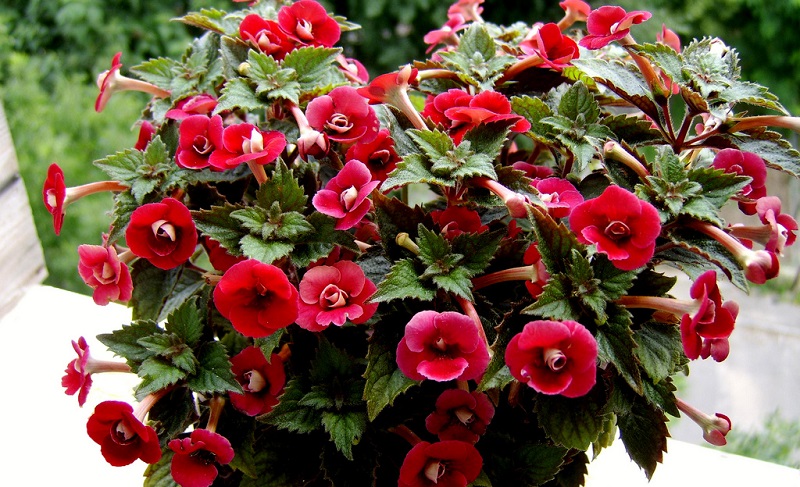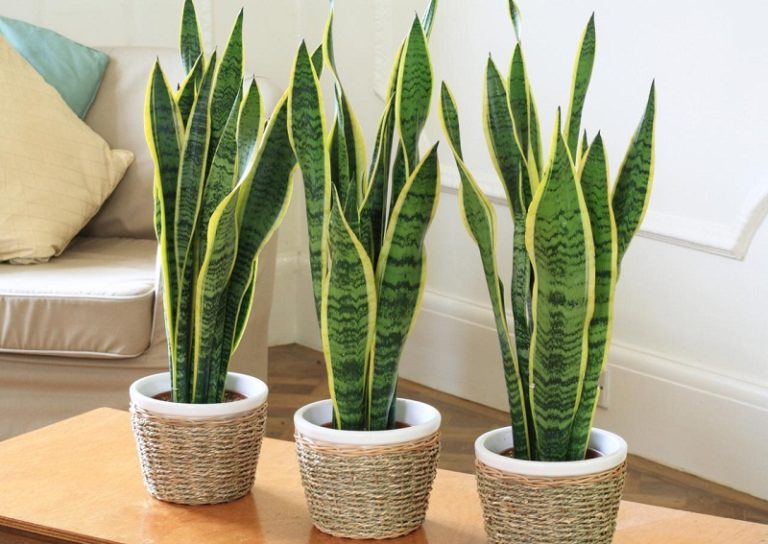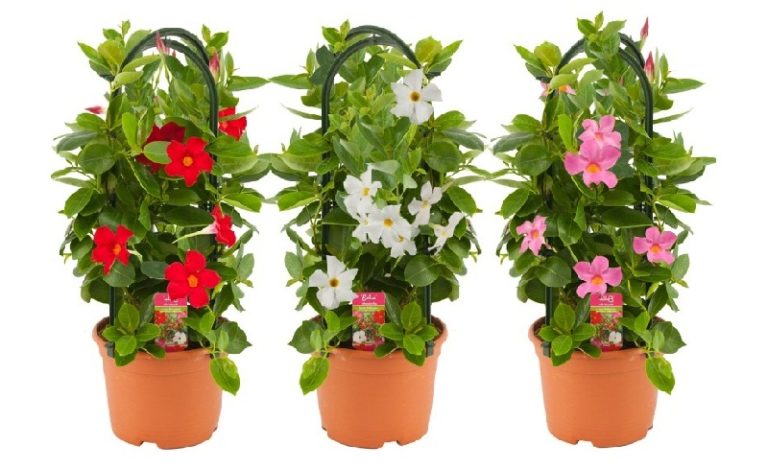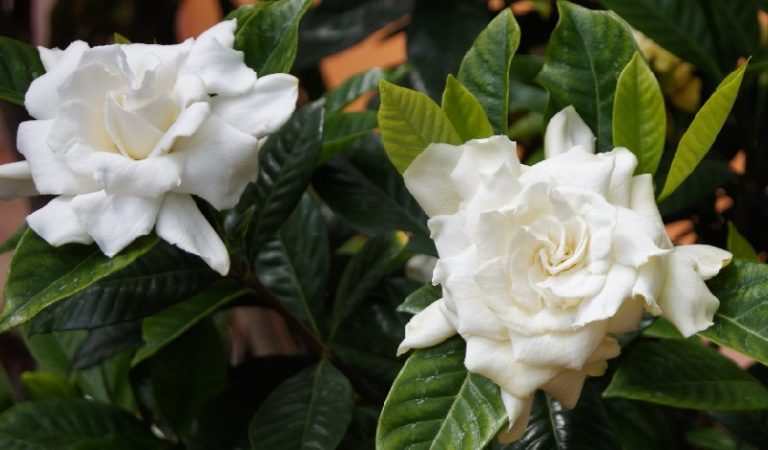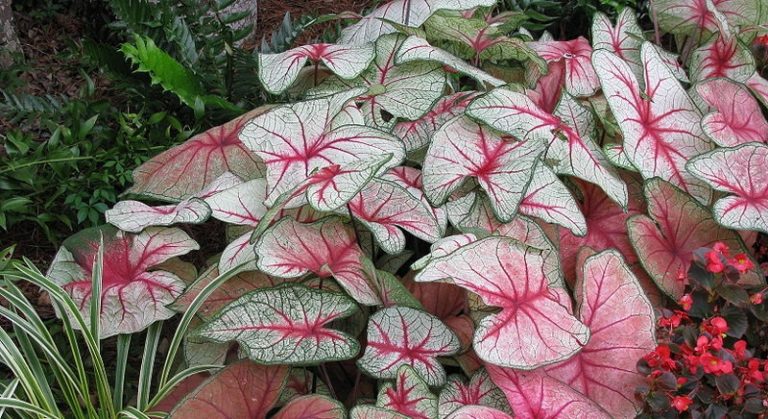Achimenes – cultivation, care
Achimenes is a plant with beautiful velvety leaves, the flower pleases with abundant and long-lasting flowering. Looks beautiful in hanging baskets. For the winter, the plant dies off, and tubers remain in the soil.
Achimenes is a perennial seasonal plant, a relative of violets, belongs to the Gesneriaceae family, reaches a height of 30-60 cm. Flowers: tubular, red, pink, white, purple. Both shoots and flowers are very fragile and break easily. To make the bushes more beautiful, pinch their ends. The plant has a pronounced dormant period, which can last 4-5 months. For the winter, when it begins, Achimenes is cut off, and the tubers are hidden in a dark, cool place.
Achimenes care
With proper care, this plant can delight your eye with a large number of flowers for 4 months.
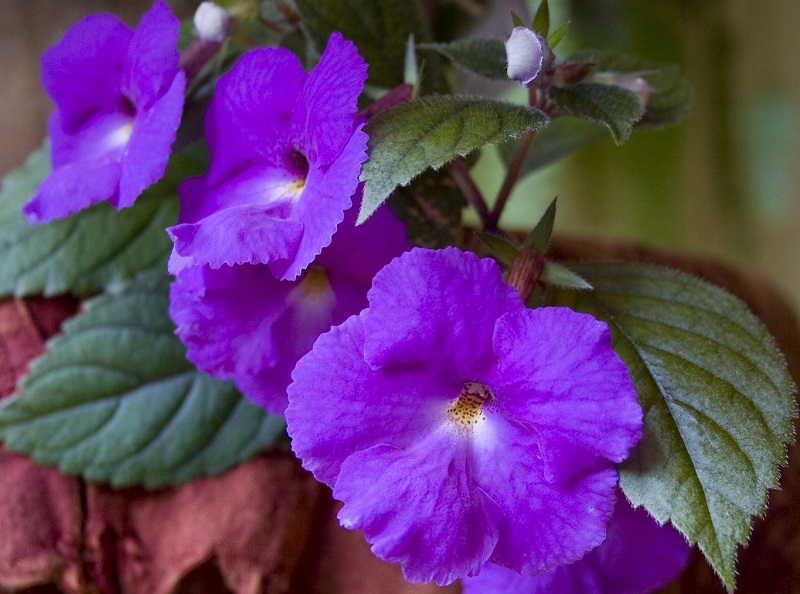
Light brightness for Achimenes
Achimenes prefers well-lit places, but it all depends on the stage of development. With the beginning of flowering, it is still better to rearrange the plant on the less sunny side. The lack of light can be understood by the condition of the flower: its stems will stretch out and they will be bare. It is also worth noting that a plant with dark leaves is more fond of light than light ones.
Air temperature for Achimenes
For the successful cultivation of Achimenes, temperature is important. From spring to autumn, during the active growth and development of Achimenes, the temperature should be 22-24 ° C. In winter, during the dormant period, 15-18 ° C is enough. In the summer, where the temperature outside at night is not below 20 ° C, you can safely keep the plant outdoors.
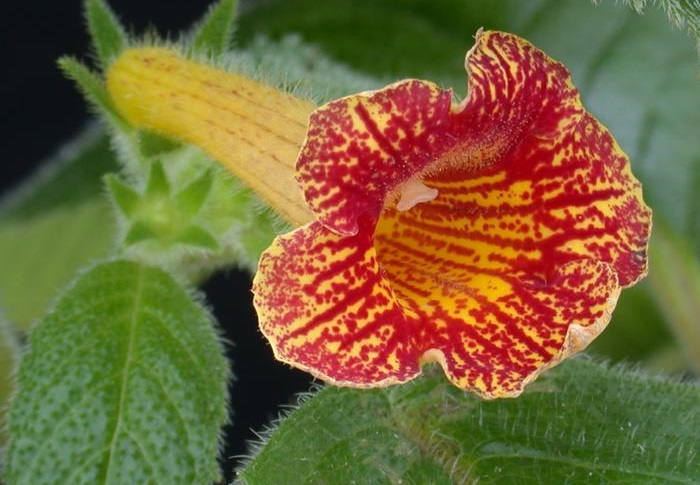
Watering and humidity of the Achimenes
When a plant is actively growing and blooming, it requires good moisture, abundant and regular. The water should be warm and soft. The flower at rest is not watered at all. But you need to water carefully, only the root, moisture should not get on the leaves and flowers. Since this is a tropical plant, the air humidity should be 60%. In this case, the flower cannot be sprayed. To humidify the air, it is enough to put the pot of achimenes in a tray with wet pebbles.
Soil and transplantation of Achimenes
A good option for Achimenes would be drained, slightly acidic, light soil (two parts of leafy soil and one part of sand and peat)
After each wintering of Achimenes, namely in the spring, it is necessary to transplant the flower. It takes time and attention. When the dormant time ends, rhizomes are removed from the pot and freed from the soil to the bare tubers. Then all the tubers need to be carefully reviewed: throw away the old ones, and leave the healthy and young ones (rhizomes).
The root system also needs to be carefully examined. The dark brown roots are no longer viable. If mold is found on the roots, they need to be soaked in fungicides and planted only after that. If there is a lot of mold on the tubers, it is better to throw them away. Achimenes of different varieties can be planted in one container. They may differ in growth rate. It is better to take pots shallow, but wide.
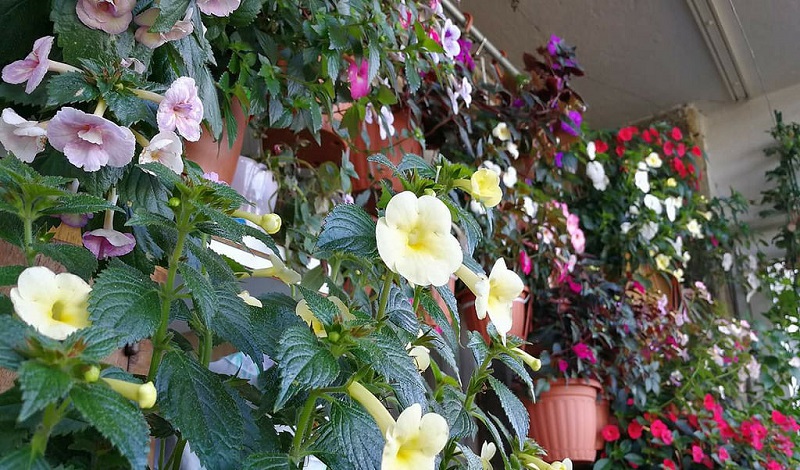
Top dressing and fertilizers for Achimenes
At the time of development and flowering, the plant needs frequent feeding, about once every 10-14 days. After waking up or transplanting, you can feed no earlier than after 1.5 months. Most often, an ordinary complex fertilizer used for flowering indoor flowers is suitable for such purposes.
Pinching Achimenes
For a more lush plant, she needs to pinch young shoots, about the second or third leaf. The only drawback of pinching is that flowering will come a little later. It is also worth making sure that there are no faded buds, they need to be removed in time and given room for new ones.
Reproduction of Achimenes
Achimenes reproduces by rhizomes, cuttings and seeds.
If there is a desire to grow another flower, you can simply plant one or two rhizomes in a separate pot when transplanting in the spring.
Cuttings are taken from new shoots. They need to be cut and placed in wet sand mixed with leafy soil for rooting. From above, the cuttings are closed with a glass jar or a cut plastic bottle. We must not forget about moisturizing and ventilation. After two weeks, the first roots will appear in the form of tubers. After 15 days, the young plant can already be feathered into the ground.
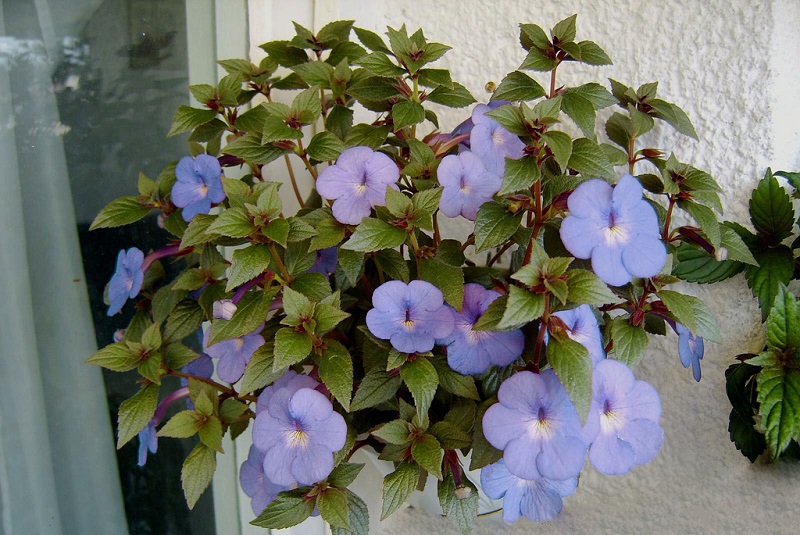
Diseases and pests
If you violate the regime of comfortable keeping of the plant, then it can succumb to the development of gray rot. This can happen due to sudden changes in temperatures or high humidity. With such a problem, it is necessary to reduce watering and remove damaged areas of the plant. Of the parasites, achimenes can be harmed by thrips, aphids and spider mites. Insecticides are great helpers in the fight against harmful insects.
Difficulties in caring for Achimenes
If the buds turn gray-brown, the plant is not comfortable in the heat.
Leaves covered with brown spots – using cold water for irrigation
Dry leaves indicate that the soil is overheated or overheated with fertilizers.

